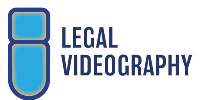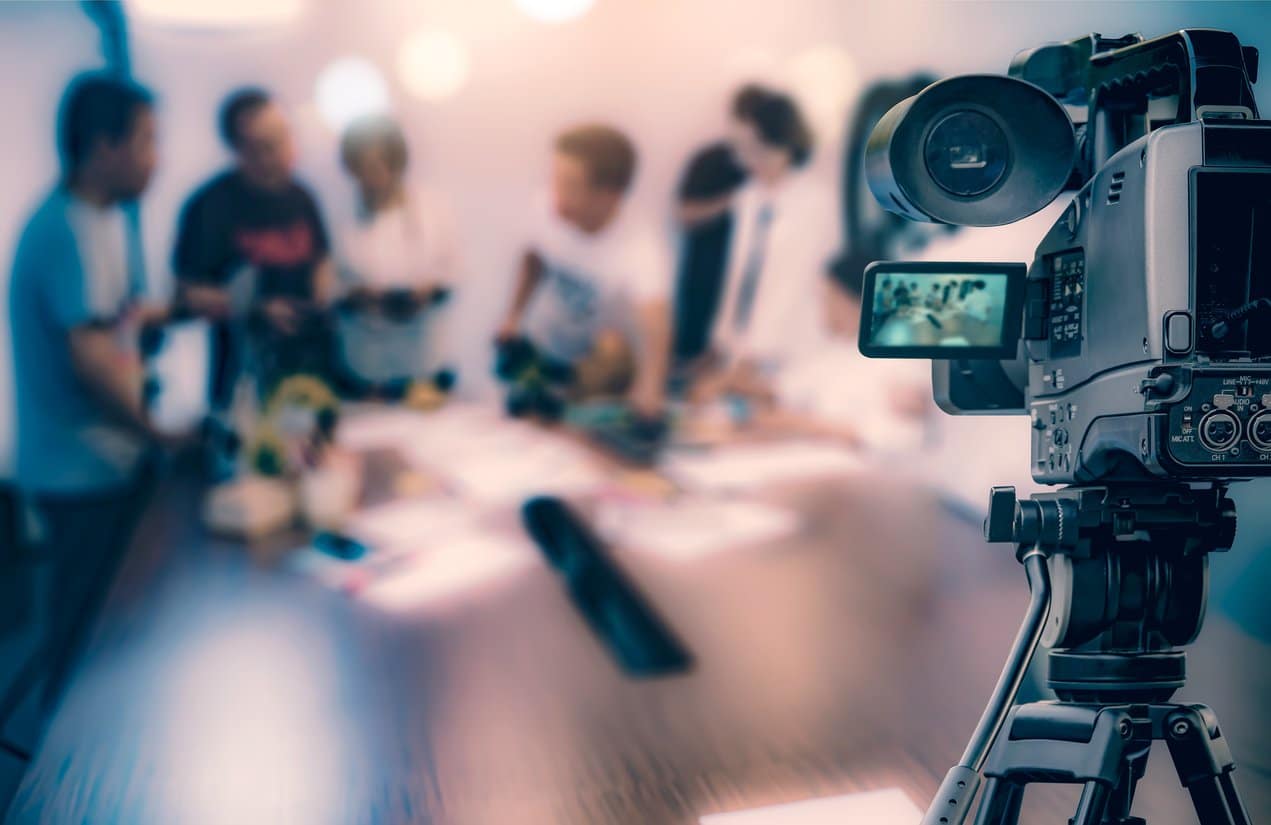Precision-Based Legal Videography for Professional Evidence Filming.
Precision-Based Legal Videography for Professional Evidence Filming.
Blog Article
Why Lawful Videography Is Essential for Accurate Legal Record-Keeping
In the world of lawful procedures, the accuracy of record-keeping is critical, and lawful videography becomes an important tool in this context. By catching the nuances of spoken and non-verbal interaction, it substantially decreases the possibility for misinterpretation that can come with conventional written records. Furthermore, the preservation of authentic visual evidence not just enhances the reputation of testaments but likewise adds to a thorough account of events. As we discover the complex advantages of legal videography, one should consider its effects for the future of judicial integrity and openness.
Importance of Visual Evidence
Developing the importance of visual evidence in legal procedures is extremely important for making certain precise record-keeping and improving the general stability of the judicial procedure. Visual proof works as a critical device in documenting occasions, conditions, and other essential information that might be necessary to an instance. Unlike composed accounts, which are prone to analysis and predisposition, visual recordings supply an objective, unalterable representation of realities as they occurred.
This kind of evidence can catch a range of components, including witness behavior, ecological context, and physical proof, every one of which may affect judicial results. By offering a clear and extensive aesthetic narrative, legal videography gets rid of uncertainty and helps to maintain the authenticity of the evidence.
In addition, aesthetic proof can be important in decreasing conflicts over factual inconsistencies, as it allows for a straight contrast against testament and other recorded records. In an age where digital innovation is progressively common, the capability to existing visual evidence successfully can dramatically improve the total top quality of lawful procedures. Eventually, the consolidation of visual proof not just reinforces the paperwork process however also strengthens public count on the judicial system by promoting transparency and liability.
Enhancing Testimony Credibility
The assimilation of lawful videography into court process significantly enhances the reputation of witness testimony. By catching the nuances of verbal and non-verbal interaction, video recordings give an even more extensive depiction of a witness's attitude, feelings, and integrity. This visual paperwork enables jurors to observe the witness's body movement, faces, and general behavior, which are essential components that can influence their perception of testament integrity.

Furthermore, the presence of video clip footage can hinder witnesses from offering deceptive or exaggerated statements, as they realize that their testimony is being taped. This responsibility enhances the stability of the judicial process. Ultimately, lawful videography functions as an essential device in making sure that witness testament is not just properly shown however additionally checked out with increased reliability by all parties included.
Comprehensive Record Preservation
Comprehensive record preservation is necessary for keeping the stability of legal proceedings. Lawful videography functions as an important tool in this procedure, providing an accurate aesthetic and acoustic account of testaments, depositions, and various other zero hours in a situation. Unlike traditional written records, video recordings record the subtleties of body movement, tone, and emotion, which are important for recognizing the context and intent behind statements made during legal process.
Including audiovisual elements right into record-keeping enhances the preservation of proof, ensuring that it continues to be intact and easily accessible throughout the legal process. This is especially essential in cases where the integrity of witness declarations may be challenged, as aesthetic recordings can confirm insurance claims and give clarity. Furthermore, video documents can be indispensable during appeals or retrials, providing an unchanged representation of the original statement.

In addition, the capacity to evaluate video evidence allows attorneys to determine vital details that might have been neglected in written visit their website records. By preserving a thorough archive of legal procedures with videography, law companies can maintain the greatest standards of precision and liability, eventually contributing to a fairer judicial process.
Enhancing Lawful Procedures
Simplifying lawful proceedings is essential for enhancing effectiveness and lowering delays within the judicial system. Lawful videography acts as a crucial device in achieving this goal by offering clear and accurate visual documentation of court hearings, depositions, and testaments - legal videography. This innovation enables for real-time recording, making certain that all verbal and non-verbal hints are recorded, which can facilitate quicker resolution of conflicts
The combination of videography right into lawful procedures reduces dependence on typical methods, such as lengthy records, which can be time-consuming to generate and assess. By having accessibility to taped video, attorneys can swiftly reference essential moments, enhancing their ability to prepare and present instances effectively. This immediacy additionally helps in the clarifying of testaments, minimizing the possibility for misconception.

Admissibility in Court
Exact documentation is crucial not just for effectiveness however additionally for making certain that proof is admissible in court. Lawful videography acts as a critical tool in this procedure, giving a reliable visual record of statements, statements, and occasions. Courts typically need evidence to satisfy details requirements of admissibility, including importance, credibility, and dependability. High-grade video recordings can accomplish these requirements by catching clear audio and visual information that created transcripts may ignore.
To be considered acceptable, legal videography must follow well established procedures, such as appropriate tools usage, proper illumination, and clear audio capture. Additionally, it is important to have actually certified videographers that understand the legal demands bordering proof collection. legal videography. The chain of guardianship must also be preserved to stop any kind of insurance claims of tampering or modification
Moreover, legal videography can improve the persuasiveness of evidence by offering jurors with a direct sight of the testament, permitting a more engaged understanding of the case. In summary, the assimilation of legal videography right into record-keeping not only sustains effectiveness yet likewise boosts the stability and admissibility of proof in court procedures.
Verdict
Finally, legal videography plays an essential duty in ensuring precise lawful record-keeping by supplying unbiased aesthetic documentation. This approach boosts the trustworthiness of testaments, maintains thorough documents, and simplifies lawful procedures. Furthermore, the admissibility of top quality video proof in why not try these out court more emphasizes its relevance. Ultimately, the incorporation of lawful videography right into the judicial visite site procedure advertises openness and strengthens public trust in the integrity of the legal system.
Report this page